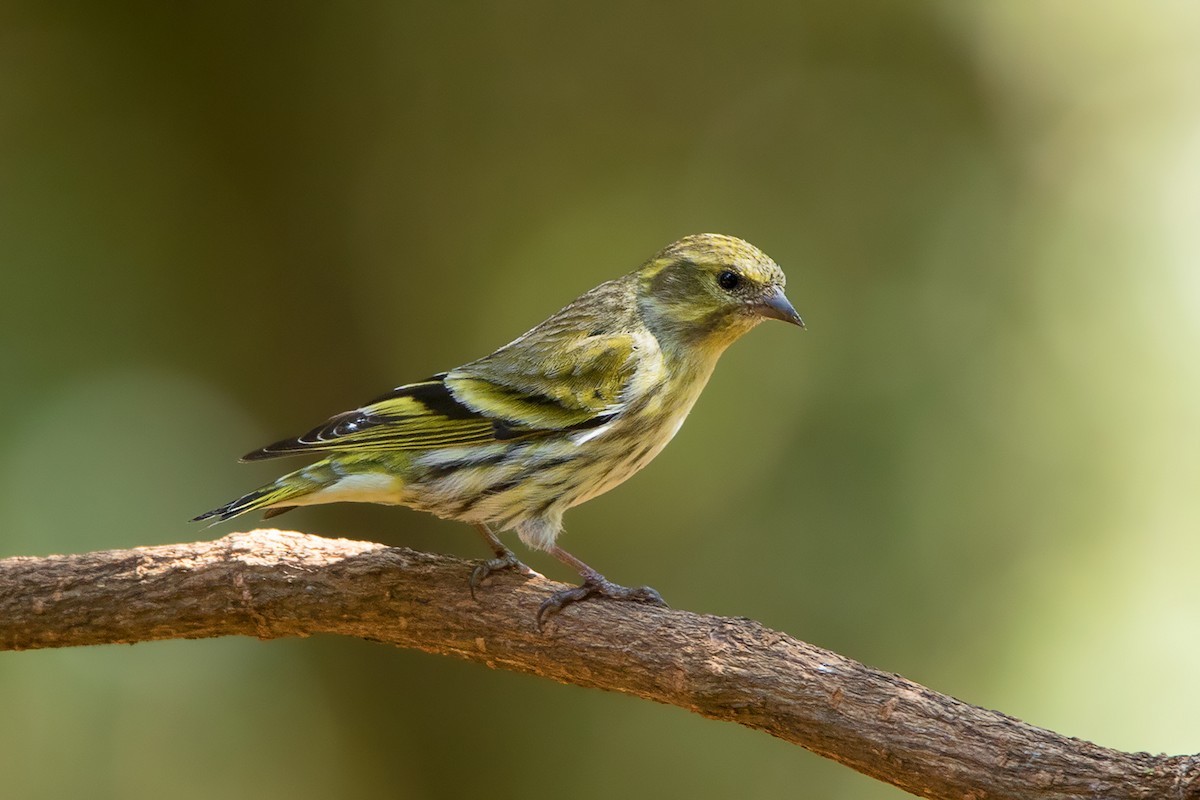Tibetan Serin
A species of Siskins and new world goldfinches Scientific name : Spinus thibetanus Genus : Siskins and new world goldfinches
Tibetan Serin, A species of Siskins and new world goldfinches
Botanical name: Spinus thibetanus
Genus: Siskins and new world goldfinches
Content
Description General Info
 Photo By Ayuwat Jearwattanakanok
Photo By Ayuwat Jearwattanakanok Description
Length (including the tail) of this species is around 12 cm (4.7 in). The Tibetan siskin lacks yellow panels on its wings in all plumages. Adult males have olive-greenish upperparts, yellow underparts, yellowish-green rumps, yellow supercilium and border behind ear-coverts. Wing and tail feathers of this bird species are broadly differentiated by a yellowish-green color. Adult females of this species have black streaking on darker greyish-green upperparts, more clearly defined wing-bars than their male counterparts, paler yellowish throats and black-flanked breasts with streaking. Juveniles are duller green, tinged brownish-buff on upperparts, with duller rumps, buff fringes to greater coverts and paler or heavily streaked underparts. 
Nest Placement
Tree
Feeding Habits
Tibetan Serin's diet is mainly alder and birch seeds. It forages actively, either on the ground or in treetops, typically in pairs or groups, and forms larger flocks in winter.
Habitat
Tibetan Serin is typically found in montane coniferous and mixed forests, which include a diverse mix of fir, hemlock, and birch trees with a dense understorey of rhododendrons, at elevations ranging from 2800 to 4000 meters. During the breeding season, these birds also inhabit larch and mixed alder-birch forests and shrubby areas. In the non-breeding season, they descend to similar habitats at lower altitudes from 1000 to 3500 meters in the Himalayas, even going as low as 610 meters in some regions.
Dite type
Granivorous
General Info
Feeding Habits
Bird food type
Distribution Area
This species is found in Bhutan, China, India, Myanmar, and Nepal. Its natural habitat is temperate forests. It spends the winter in the central and eastern Himalayas. A group of birders from West Bengal discovered its presence in Hee Village near Varsey Rhododendron Sanctuary, Sikkim, India in the month of March 2013. 

 Photo By Ayuwat Jearwattanakanok
Photo By Ayuwat Jearwattanakanok